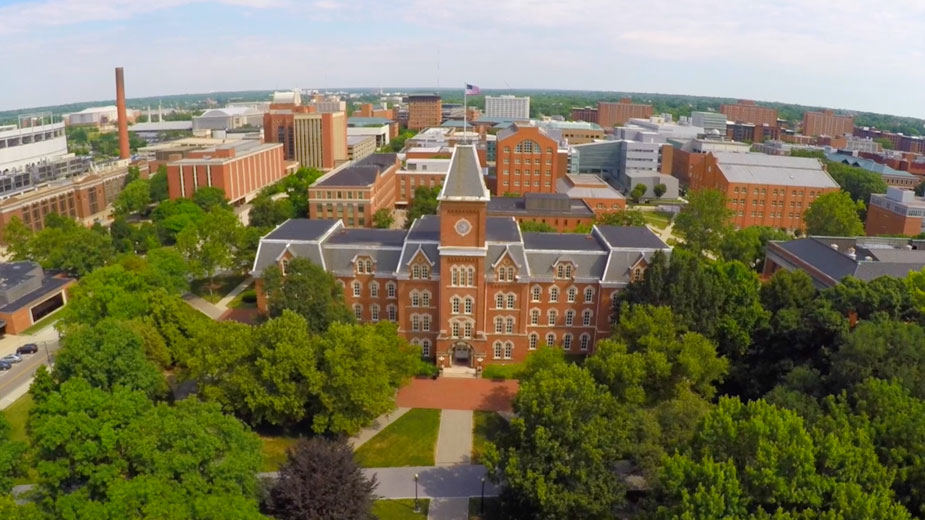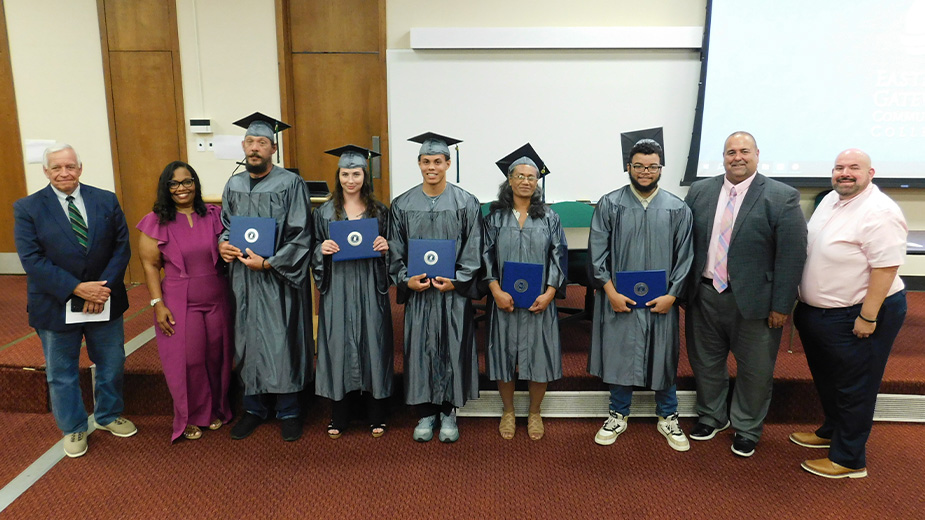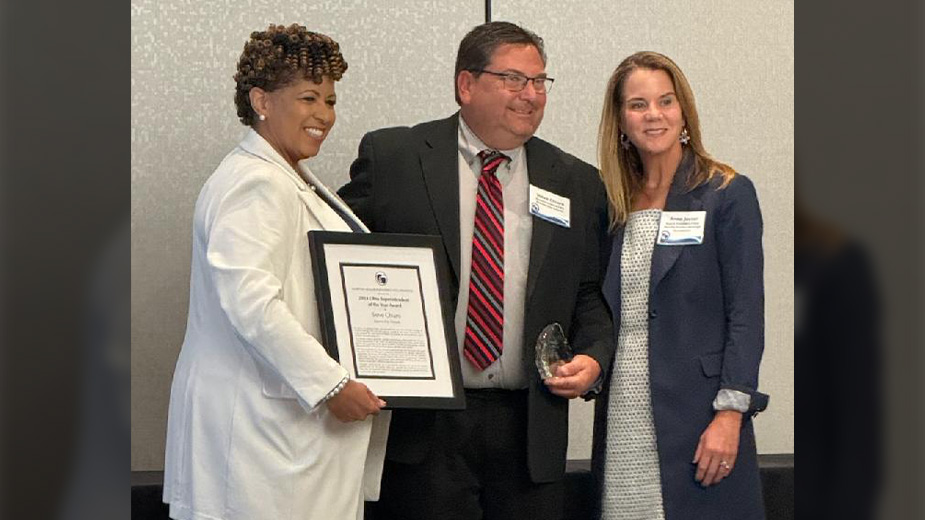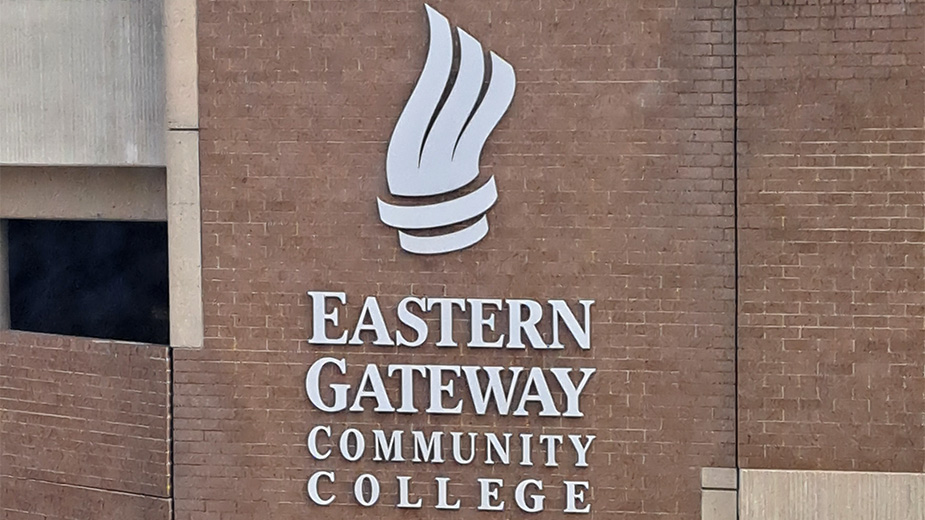Ohio State Researchers Find New Way to Power Electronics
COLUMBUS, Ohio — A discovery by a research team at The Ohio State University could change how electronic devices are built.
The discovery simplifies how electronic devices use electrons by using a material that “can serve dual roles in electronics, where historically multiple materials have been necessary,” according to a release by the university. The team’s findings were published Monday in the scientific journal Nature Materials.
“We have essentially found a dual-personality material,” said Joseph Heremans, co-author of the study and professor of mechanical and aerospace engineering and Ohio Eminent Scholar in Nanotechnology at Ohio State. “It is a concept that did not exist before.”
Electronic devices work by moving electrons, which have a negative charge, and holes, which have a positive charge, according to the release. That movement conducts electricity. Each part of an electronic device could only act as either an electron-holder or a hole-holder, not both, requiring multiple layers.
The material, NaSn2As2, is a crystal that performs double duty, potentially eliminating the need for multiple layers in an electronic device. The researchers call the phenomenon “goniopolarity.”
“It is this dogma in science, that you have electrons or you have holes, but you don’t have both. But our findings flip that upside down,” said Wolfgang Windl, a professor of materials science and engineering at Ohio State, and co-author of the study. “And it’s not that an electron becomes a hole, because it’s the same assembly of particles. Here, if you look at the material one way, it looks like an electron, but if you look another way, it looks like a hole.”
The finding could simplify electronics and create more efficient systems more quickly that break down less often, according to the release. This could change the way engineers build electronic devices, including solar cells, light-emitting diodes, or LEDs, transistors and light sensors in smartphones.
Bin He, a graduate students in Heremans’ lab, made the discovery while measuring the properties of the crystal. He noticed the material behaved sometimes like an electron-holder and sometimes like a hole-holder – “something that, at that point, science thought was impossible,” according to the release.
“It was this thing that he paid attention and he didn’t assume anything,” Heremans said. Bin He has since accepted a postdoctorate position at the Max Planck Institute in Dresden, Germany.
The work was funded by the National Science Foundation, the Air Force Office of Scientific Research and the Camille and Henry Dreyfus Foundation.
Copyright 2024 The Business Journal, Youngstown, Ohio.



